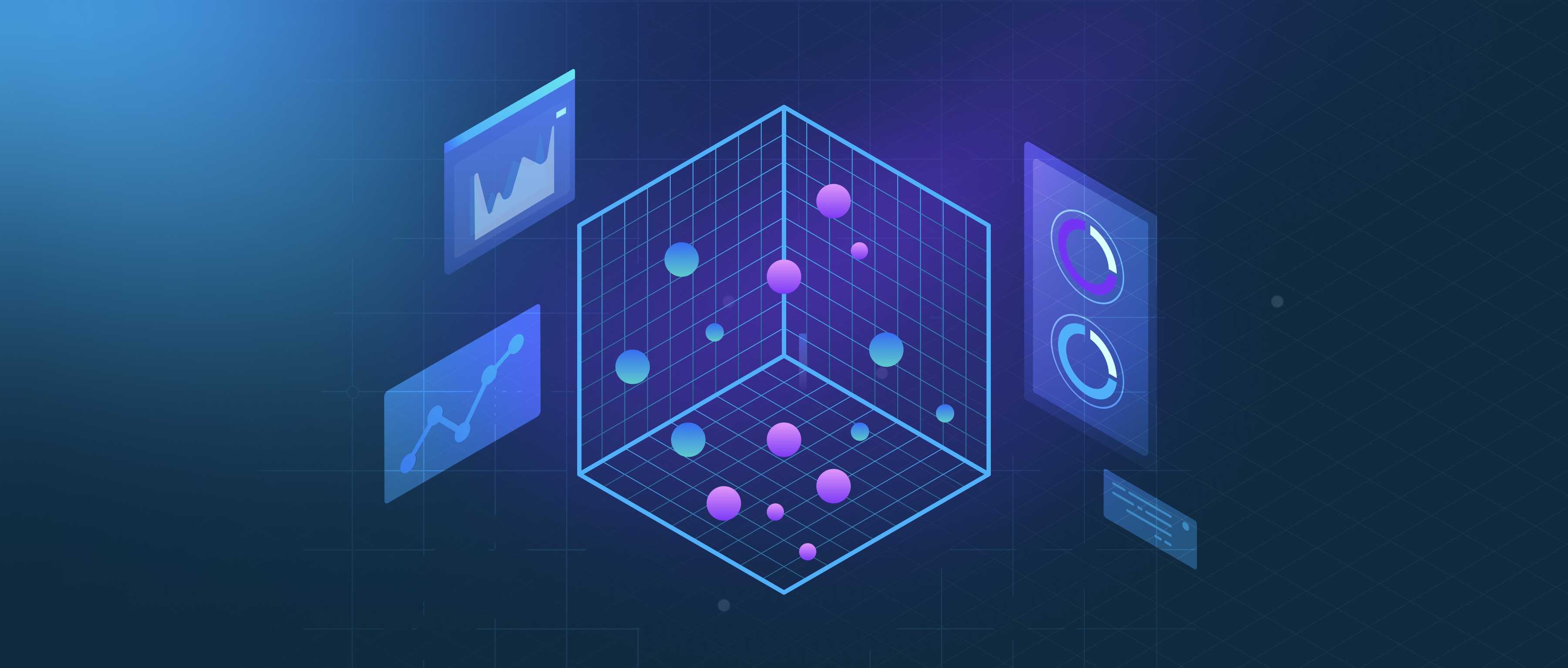AI plays a transformative role in computer vision by enabling machines to perform tasks that require understanding and interpreting visual information. With AI, computer vision systems can identify objects, classify images, detect anomalies, and even generate new visuals. Deep learning, a subset of AI, is particularly impactful, as models like convolutional neural networks (CNNs) excel in recognizing patterns and features in visual data. AI-powered computer vision is widely used in applications like facial recognition, autonomous vehicles, and medical imaging. For instance, AI helps radiologists detect abnormalities in X-rays with high accuracy. By leveraging AI, computer vision systems can handle complex tasks, scale across large datasets, and continuously improve through learning.
What is the role of AI in computer vision?

- AI & Machine Learning
- How to Pick the Right Vector Database for Your Use Case
- Exploring Vector Database Use Cases
- Retrieval Augmented Generation (RAG) 101
- Evaluating Your RAG Applications: Methods and Metrics
- All learn series →
Recommended AI Learn Series
VectorDB for GenAI Apps
Zilliz Cloud is a managed vector database perfect for building GenAI applications.
Try Zilliz Cloud for FreeKeep Reading
How do document databases handle query optimization?
Document databases handle query optimization through several techniques aimed at improving the performance of data retri
How is edge AI used in predictive modeling?
Edge AI refers to the deployment of artificial intelligence algorithms on local devices rather than relying solely on ce
Are there risks of over-restricting LLMs with guardrails?
Yes, over-restricting LLMs with guardrails can lead to unintended consequences, such as limiting the model’s ability to